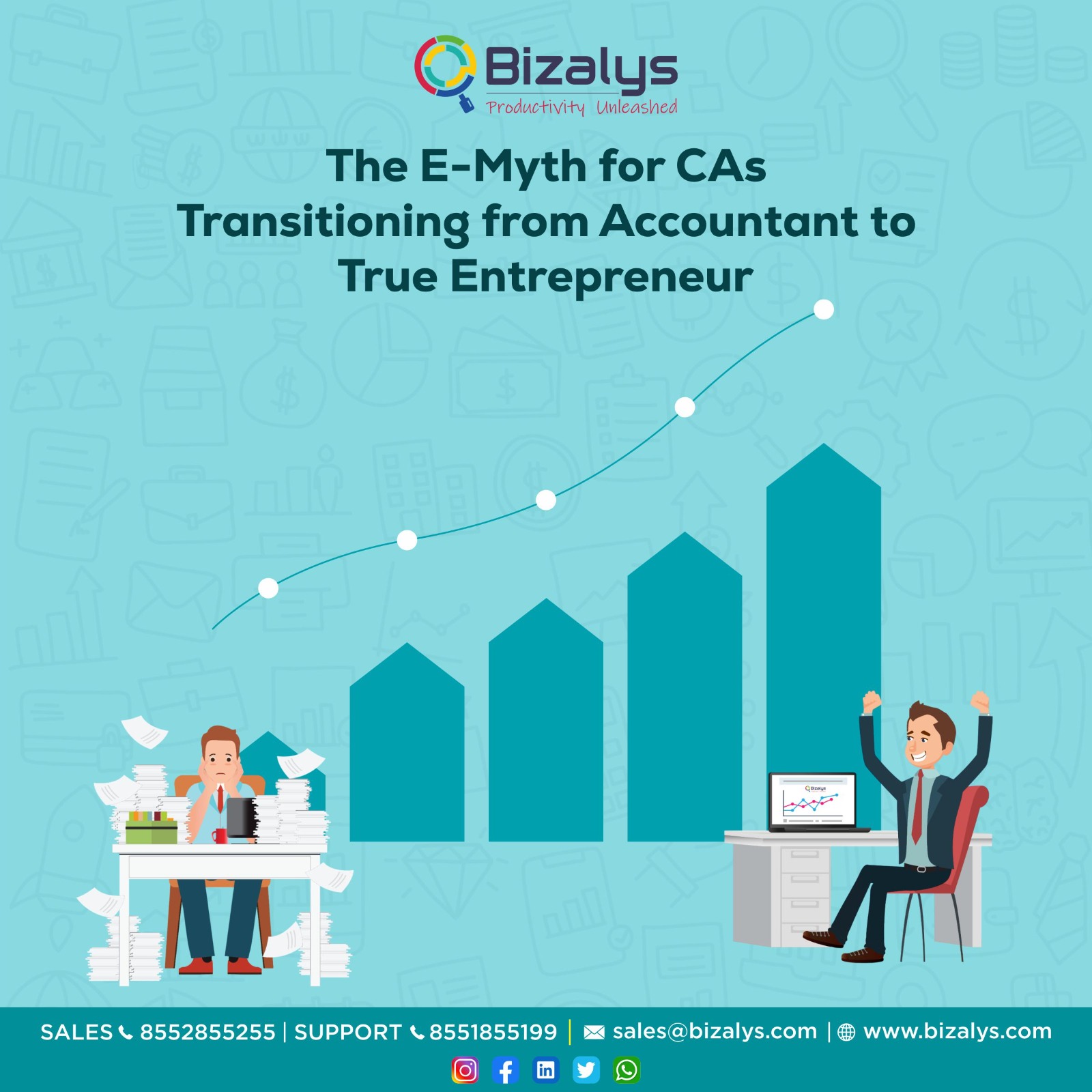



"Yesterday, I spent two hours scanning GST invoices, another hour chasing client payments, and somehow ended up fixing the office printer. By the time I got to actual client advisory work, it was already 7 PM," confessed a CA running a successful practice in Nagpur.
"I haven't taken a proper vacation in three years," confessed a senior partner at a growing Delhi-based CA firm. "Every time I step away, work piles up, clients get anxious, and my team struggles with decisions." This candid admission reflects a common reality among Indian CA practitioners – we're excellent accountants but often reluctant entrepreneurs.
A recent survey of Indian CA firms revealed a startling statistic: 78% of firm owners work over 60 hours per week, with 45% handling tasks that could be delegated. The irony? While we charge clients ₹2,000-5,000 per hour for our expertise, many of us spend hours doing ₹200-per-hour tasks. We routinely advise our clients on building sustainable businesses, however, many of us are trapped in what Michael Gerber famously called the "technician's trap."
The Three Hats Every CA Must Wear
Think of your role like a game of cricket – sometimes you need to be the captain (entrepreneur), sometimes the coach (manager), and sometimes the player (technician). The problem? Most of us are stuck in player mode, handling tasks that even a junior team member could manage.
The Technician (The CA)
The Manager (The Systems Thinker)
The Entrepreneur (The Visionary)
Common Traps That Keep Us Small
1. The DIY Syndrome
Real Scenario: A Bhopal-based CA would personally scan documents for ITR filings because he "didn't trust anyone else to organize them properly." Meanwhile, his competitor, with a similar-sized practice, had time to launch a successful business advisory division.
Look at how other professionals operate:
Yet many CAs still handle:
2. The Systems-First Solution
Remember how we discussed automation in our last blog? It's not just about technology – it's about creating systems that work without your constant presence.
Success Story: An Ahmedabad firm transformed their practice by implementing basic systems:
Before:
After:
Result: Processing time reduced by 40%, and any qualified team member could handle routine work.
3. Building Your A-Team
As we explored in our "Productivity in Crisis" discussion earlier, staffing remains a critical challenge. The entrepreneurial solution? Build a team that can run your practice without you.
Start with essential roles:
Case Study: A Chennai-based firm's transformation:
The Power of Standard Operating Procedures (SOPs)
Think of SOPs as your firm's operating system. They ensure consistency, reduce errors, and most importantly, free you from being the bottleneck.
Must-Have SOPs:
The Technology Enabler
While systems are the foundation, technology is the accelerator. Modern practice management solutions can:
Making the Mental Shift
The hardest part isn't implementing systems – it's changing our mindset from "I must do this" to "The system must handle this."
Steps to Mental Freedom:
Practical Implementation Plan
Week 1: Audit Your Activities
Week 2: Create Basic Systems
Week 3: Build Your Team
Week 4: Implement Technology
Looking Ahead: Breaking the Glass Ceiling
Speaking of transformation, don't miss our upcoming blog on "Breaking the Glass Ceiling: Nurturing Female Leadership in Indian CA Firms," where we'll explore how modern practice management creates opportunities for everyone in the profession.
Quick Self-Assessment
Rate your practice (1-5):
The Path Forward
Remember, the goal isn't to completely remove yourself from technical work – it's to choose when and how you contribute your expertise. Start with one area of your practice this week. Document the process, train your team, and resist the urge to jump in and "just do it yourself."
Lets recollect what our principles told us during articleship: "An auditor should never do what the client's accounts team can do." Similarly, a CA partner should never do what a well-trained assistant can handle.
Ready to transform your CA practice from a job to a true business? Start by implementing one system this week. Share your biggest delegation challenge in the comments below – let's build sustainable, scalable practices together!
#IndianCA #PracticeManagement #Entrepreneurship #CAFirmGrowth #BusinessTransformation #SystemsDriven #PracticeEfficiency